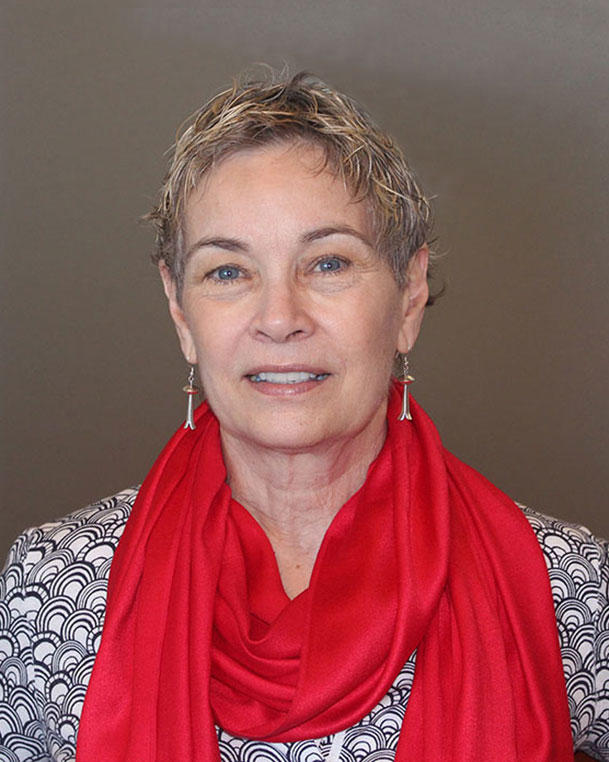Overview
Liver cancer is the sixth most common cancer worldwide and the third largest contributor to cancer mortality. The North American Liver Cancer Study is a case-control study, in collaboration with the Institute of Nutrition of Central America and Panama, headquartered in Guatemala City, which seeks to increase our understanding of liver cancer risk factors. Guatemala has the highest rate of liver cancer in the western hemisphere and has an atypical sex distribution, with women and men having very similar rates. While overall rates of liver cancer are lower in the U.S. than in Guatemala, rates among Hispanic/Latino individuals in the U.S. are more than two-fold higher than rates among non-Hispanic White individuals.
Study Team
Katherine A. McGlynn, Ph.D. – Lead Investigator
Collaborating Organization
Manuel Ramirez-Zea, M.D.
Institute of Nutrition of Central America and Panama
Background & Purpose
Guatemala has the highest rate of liver cancer in the western hemisphere – almost three times higher than the rate in the U.S. Additionally, women and men are equally likely to be diagnosed with liver cancer. In the U.S., incidence rates of liver cancer are more than two-fold higher among Hispanic/Latino individuals compared to non-Hispanic White individuals. The goal of the North American Liver Cancer study is to increase our understanding of liver cancer risk factors. Risk factors being explored in the study include obesity/diabetes, AFB1, other mycotoxins, microcystins, H. pylori, aristolochic acid, air pollution, pesticides, and other environmental contaminants.
Study Design
The North American Liver Cancer Study is a case-control study in collaboration with the Institute of Nutrition of Central America and Panama, headquartered in Guatemala City. 500 cases and 1000 controls are being recruited via the Guatemalan Public Health system. Study participants will undergo a medical exam, including a transient elastography exam, complete a risk-factor questionnaire, and provide blood, urine, saliva, and fecal samples.
Study Results & Selected Publications
In pilot studies, the investigators observed very low rates of hepatitis B (HBV) and hepatitis C viral (HCV) infections, but very high prevalence rates of aflatoxin (AFB1) exposure and non-alcoholic fatty liver disease (NAFLD). In the U.S., while HBV and HCV together account for about 25 percent of liver cancer cases, NAFLD is the risk factor most rapidly increasing in prevalence. In contrast, AFB1 levels in the U.S. food supply are closely monitored by the FDA.
While AFB1 levels were found to be higher among Guatemalan men, the prevalence of NAFLD was found to be notably higher among Guatemalan women, which may contribute to the unusual lack of sex disparity in the rates of liver cancer. Genetic susceptibility to NAFLD and liver cancer was also identified.

